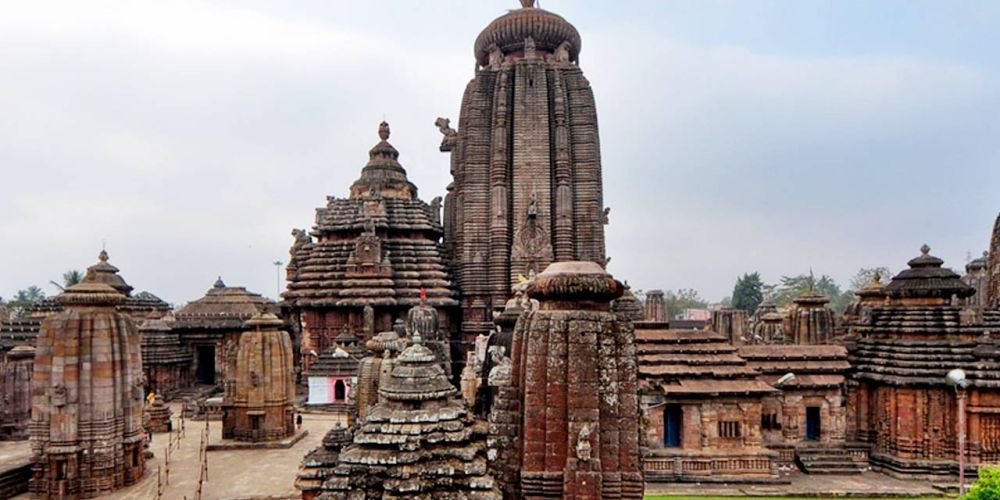

The Lingaraj Temple is an ancient Hindu temple dedicated to Harihara, a form of Shiva and is located in Bhubaneswar, the capital city of Odisha, India. It is one of the oldest and most prominent landmarks of the region, boasting a rich history that dates back over a thousand years. The temple is an exemplar of the Kalinga style of architecture which dominated ancient temple construction in this area.
Constructed in the 11th century, the Lingaraj Temple holds a significant place in the tourism history of Bhubaneswar. It was commissioned by the then rulers, the Ganga dynasty, and its history is reflective of the rich cultural tapestry of Odisha. Over the centuries, the temple has not only been a place of spiritual importance but has also stood as a testimony to the architectural brilliance of the era.
The temple complex spreads over 25,000 square feet and is surrounded by a fortified wall. Its towering spire, or 'deul', rises to a spectacular height of about 180 feet, dominating the Bhubaneswar skyline. The splendor of the temple is further accentuated by its intricate carvings and sculptures, representing the workmanship of the period. The main sanctum houses the Shiva Linga, which is worshipped as Lingaraj.
In recent years, the Lingaraj Temple has seen a consistent flow of tourists, both domestic and international, keen on exploring the cultural heritage of India. Eco-tourism and sustainable travel practices have become increasingly prevalent trends, with tourists seeking to minimize their environmental impact while experiencing the religious and historical aspects of destinations like Lingaraj Temple.
With the increase in tourist activity, there have been concerted efforts by both government and non-governmental organizations to preserve this ancient heritage site. These conservation measures aim to maintain the temple's structural integrity while also ensuring that visitor footfall does not have an adverse effect on the monument.
The temple is open to visitors throughout the year, though non-Hindus are not permitted inside the sanctum. There are specific timings for darshan (sightseeing), and there is no entry fee. Visitors are advised to be mindful of the religious and cultural sentiments of devotees and adhere to the guidelines for respectful conduct within the premises.
A major festival associated with the Lingaraj Temple is Shivaratri, when the temple witnesses an influx of thousands of devotees. This festival is a significant event in Bhubaneswar's tourism calendar, as it showcases the vibrant rituals and spiritual fervor that characterizes the city.
The continued interest in Lingaraj Temple and other historical sites in Bhubaneswar has contributed to the local economy, with tourism directly influencing the livelihoods of local artisans, guides, and shopkeepers. The area's tourism infrastructure has developed in response to this demand, providing visitors with improved facilities and services.
Bhubaneswar is well-connected by air, rail, and road, making the Lingaraj Temple easily accessible to visitors. The town offers a range of accommodations, from budget to luxury, catering to the diverse needs of tourists.